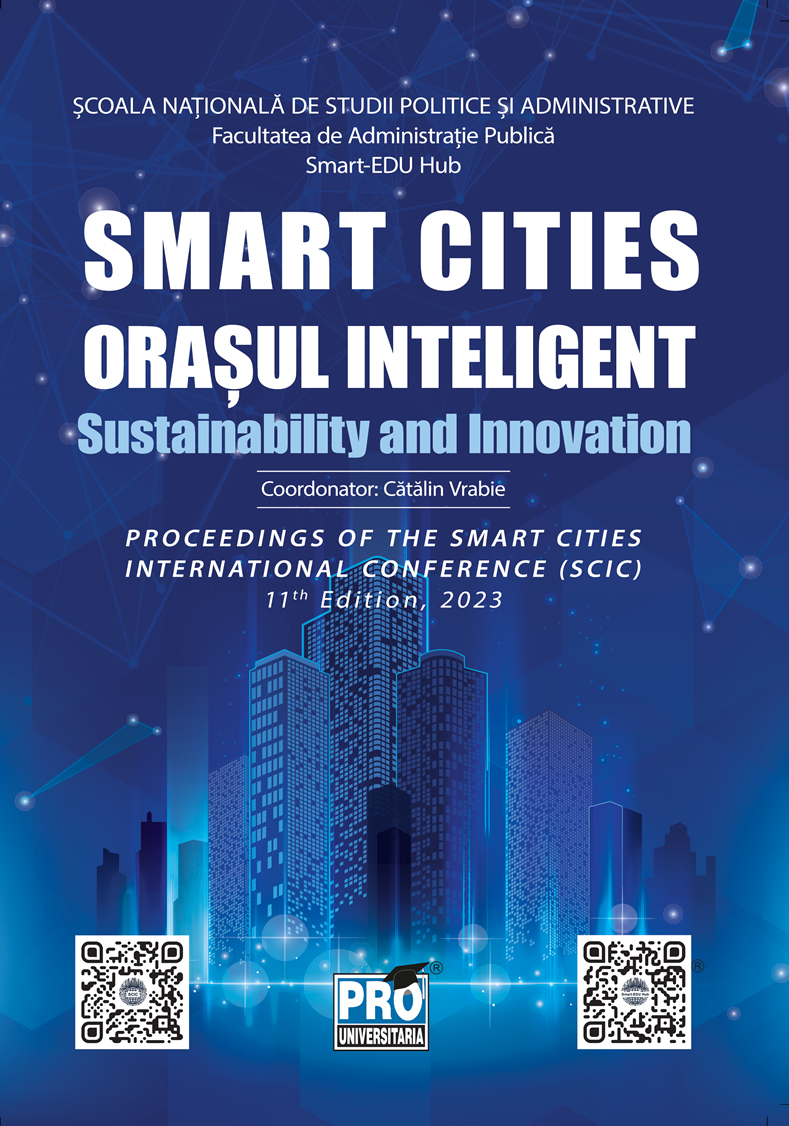The role of uses and gratification theory and technology acceptance model in the adoption and usage of wearable technology
Keywords:
TAM, explorative study, motivation, ease of use, usefulnessAbstract
The growth of wearable products has had a multifaced impact on society, touching various aspects of our lives, from health and technology to fashion and privacy. Devices such as smartwatches, display glasses, wristbands, and headbands have been rapidly propagated to mainstream usage, due to their capability for both leisure or fitness and medical data tracking. the study utilized the Technology Acceptance Model to investigate the motivations (gratifications) driving students to embrace wearable technologies and their subsequent utilization of these technologies. The research employed a cross-sectional design, gathering data from a convenience sample of 261 participants (48 males and 213 females), whose ages ranged from 18 to 29 years (M=21.73, SD=3.70). Data collection involved administering two structured questionnaires: the Technology Acceptance Model and the Gratifications of Wearables Technology. The study's findings indicate significant correlations between several factors. Specifically, both Perceived Ease of Use (r=.279, p<.01) and Perceived Usefulness (r=.386, p<.01) are positively associated with Actual System Use. Additionally, Perceived Ease of Use displays a positive correlation with the Accessibility scale of Gratifications of Wearables Technology (r=.380, p<.01), while Perceived Usefulness exhibits positive correlations with all scales of Gratifications of Wearables Technology, including Health (r=.427, p<.01), Accessibility (r=.522, p<.01), and Status (r=.262, p<.01). The outlook for the wearable industry suggests that significant transformations are on the horizon in the coming years, with wearables becoming increasingly prevalent in mainstream usage. This study not only delves into the practical implications but also outlines potential avenues for future research in this field.
Downloads
Published
Issue
Section
License
Copyright (c) 2024 Dan Florin STĂNESCU, Marius Constantin ROMAȘCANU

This work is licensed under a Creative Commons Attribution-NonCommercial-NoDerivatives 4.0 International License.


